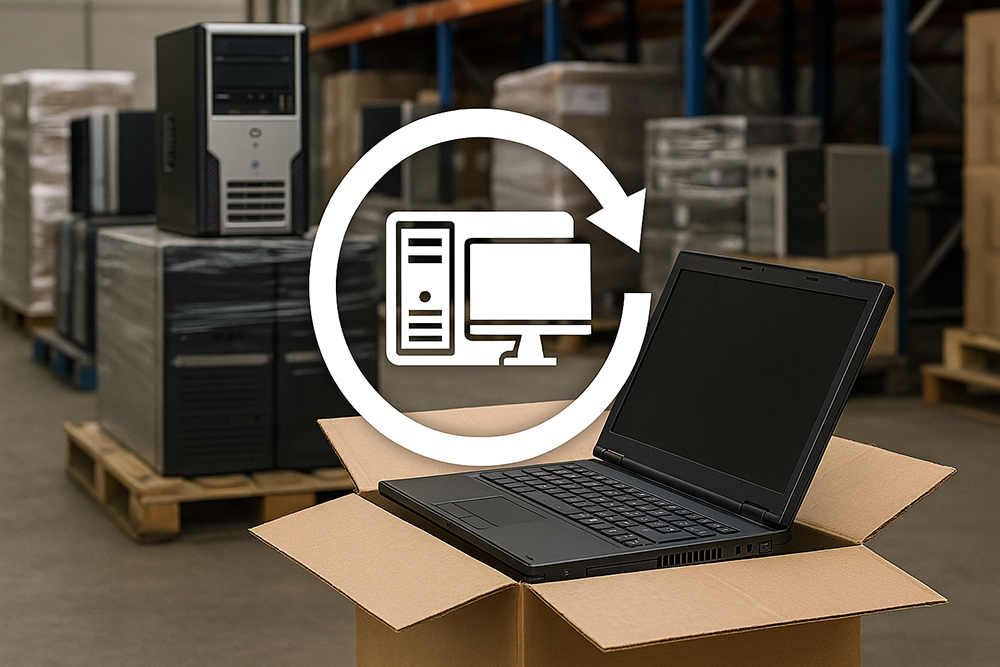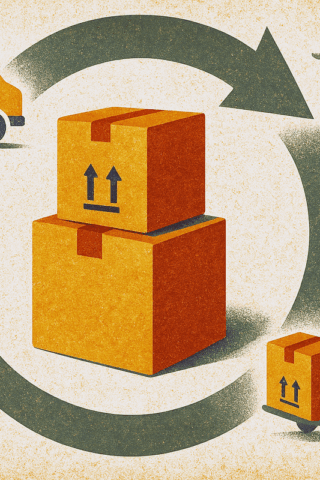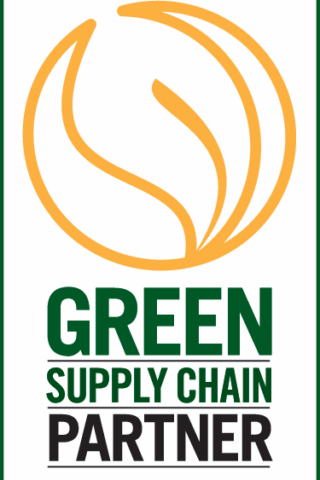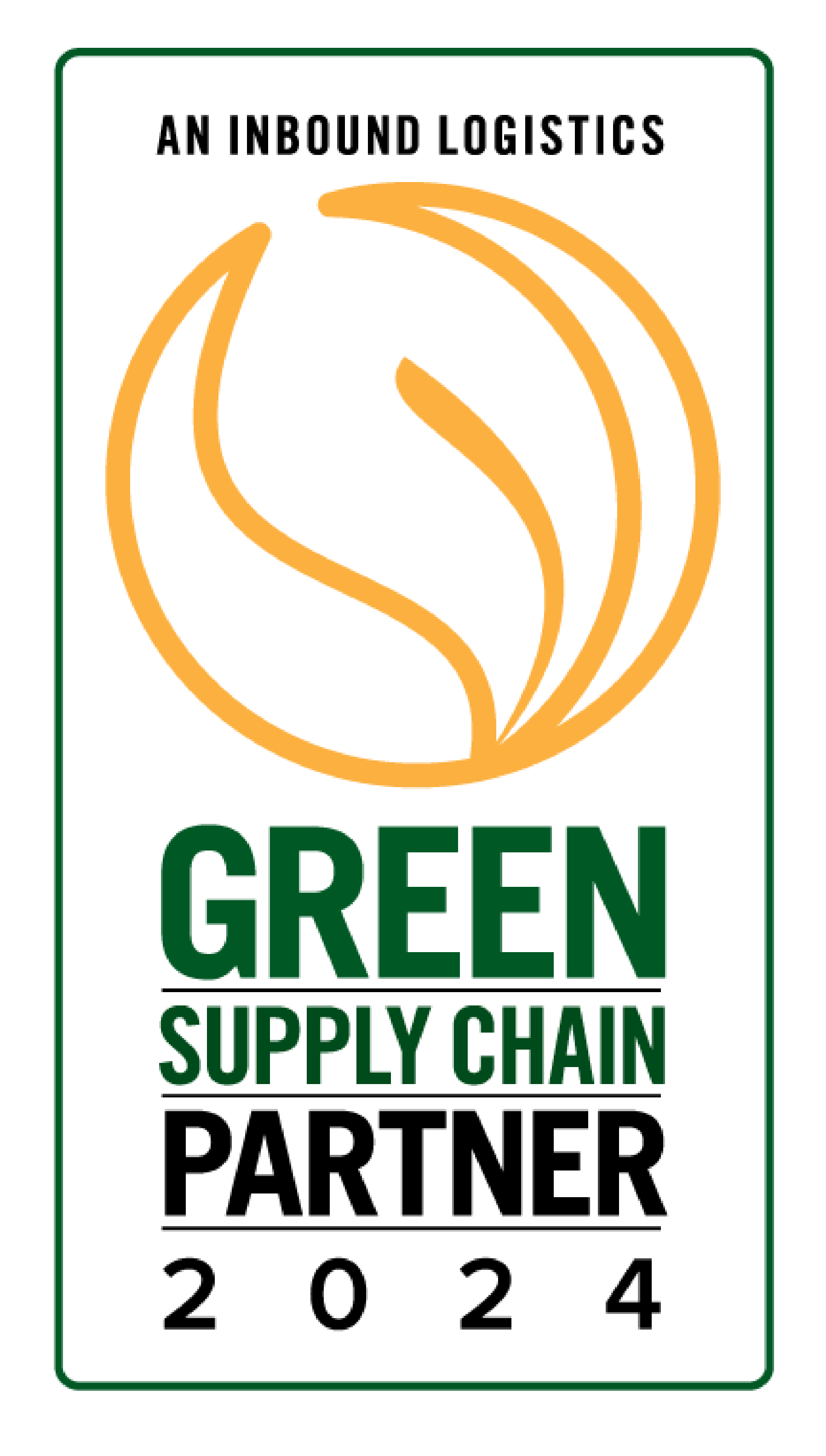When IT equipment reaches the end of its service life, retrieving it often proves more challenging than anticipated. Simply tracking its whereabouts and determining its next steps can throw off operations and add unexpected costs.
If you’re looking for solutions to better manage hardware after deployment and use, this article is for you. Below, we explore reverse logistics and how it works in the IT sector. We also tackle common challenges that get in the way and identify where the opportunities are to transform these returns into something of lasting value.
What Is Reverse Logistics?
Reverse logistics refers to moving products from the point of final use back to a facility where they can be recovered or responsibly retired. Unlike forward logistics, which pushes assets out to users, reverse logistics returns them for value recovery or responsible disposition.
Handling returns usually means checking each item’s condition and then deciding what to do next — can it be reused, fixed, sold again, recycled, or thrown away? Done right, this not only recovers value but also supports a company’s green initiatives.
Reverse Logistics in IT
Returns are a constant reality in the IT sector. Devices are typically sent back after lease terms, performance issues, or upgrade cycles. Some are functional, others are not, but all need proper handling.
– A planned reverse logistics system enables IT teams to keep pace without losing control. That includes:
– Processing returned hardware quickly
– Preparing viable assets for reuse
– Recycling unusable equipment within regulatory standards
– Destroying data using certified methods
Effective reverse logistics in the tech industry supports sustainability goals, offers cost savings, and ensures compliance with environmental and data protection regulations.
The Main Challenges in Reverse Logistics in the IT Sector
Returns are a constant reality in the IT sector. Devices are typically sent back after lease terms, performance issues, or upgrade cycles. Some are functional, others are not, but all need proper handling.
A planned reverse logistics system enables IT teams to keep pace without losing control. That includes:
High Operational Costs
Dealing with IT equipment returns isn’t just about scheduling a pickup. Expenses add up fast — shipping, warehousing, staff time, and sorting all take a toll. And when you’re handling large quantities, those costs multiply. Without clear oversight, waste and inefficiency can send your spending through the roof.
Complex Coordination Across Stakeholders
The logistics process involves more than two parties. Employees, logistics providers, recovery vendors, and internal teams must stay aligned to avoid delays and confusion. When coordination breaks down, service levels can decline, and assets may fall through the cracks.
Data Security Risks
Returned IT assets often still contain sensitive company or customer data. Organizations face exposure if that data isn’t wiped correctly or tracked securely.
Data destruction must be verified and documented at each step to avoid legal or reputational damage.
Inventory Management Difficulties
Returned assets don’t arrive in neat batches or predictable cycles. Some are damaged, while others are out of spec. Most haven’t been tagged for the next steps.
Without a system to log conditions and assign disposition quickly, warehouses fill up with idle inventory that doesn’t move or add value.
Regulatory Compliance Challenges
Different regions have varying regulations regarding electronic waste disposal and data protection. Additionally, some deal with dangerous materials, others with protecting sensitive data. Staying on the right side of these regulations takes careful work.
Environmental Sustainability Concerns
Even when sustainability is a stated goal, the reverse process often lacks the infrastructure to support it. Choosing qualified vendors, verifying responsible recycling, and generating carbon reporting requires an effort that most IT teams can’t absorb without external support.
Lack of Standardization
When each business unit handles returns differently, performance data becomes unreliable. The lack of a unified system results in inconsistent service quality and spotty compliance. Over time, that disconnect weakens every other part of the supply chain.
Beyond Returns: Business Opportunities in IT Reverse Logistics
Beyond resolving returns, a structured return program opens the door to countless benefits and advantages, like the following:
Cost Recovery and New Revenue Streams
Returned assets often retain value. Some can be redeployed, while others can be dismantled for valuable parts. A system that identifies and redirects these materials reduces dependency on new equipment and creates new financial returns from hardware already on hand.
Enhanced Customer Satisfaction and Loyalty
It’s also worth noting that returns are a customer touchpoint. A straightforward and efficient process gives clients and users confidence that their equipment will be handled responsibly.
Timely pickups, accurate updates, and fair resolutions leave a lasting impression, especially for organizations managing remote teams or distributed IT environments.
Strengthened Brand Reputation
How your company manages returned IT assets reflects your broader commitment to responsible operations. Using certified partners and documenting outcomes shows that environmental priorities are being implemented, not just stated in reports.
Faster Turnaround on Asset Decisions
When returned equipment is processed through a centralized system, teams gain faster visibility into condition and availability. This speeds up decisions on reuse or replacement, reduces equipment downtime, and helps IT stay responsive to shifting business needs.
Risk Reduction Through Documented Compliance
Returns that include data-bearing assets require clear, documented handling. A structured reverse process minimizes exposure by confirming that each device follows a verified path, from collection through data destruction or disposal.
Better Decision-Making Through Return Data
Returned equipment can tell you a lot if you’re paying attention. For instance, frequent returns from specific locations may highlight gaps in hiring practices or technical procurement issues. At the same time, delays in asset recovery could point to vague internal processes.
When companies track return data across locations, vendors, and timelines, they uncover trends that help refine procurement plans and sustainability reporting.
Partner With Onepak for a Smart and Efficient Reverse Logistics Solution
When left unchecked, managing IT asset returns can create unnecessary costs and compliance risks. However, with proper structure, reverse logistics becomes a controlled, transparent process that protects value and supports sustainability goals.
At Onepak, we specialize in the reverse movement. Our platform enables organizations to coordinate asset recovery with certified providers and monitor chain of custody. Whether you’re managing a remote device return or handling high-volume lease transitions, we provide the resources to make it work.
See what reverse logistics can deliver. Request a demo and explore how Onepak can support your goals.








